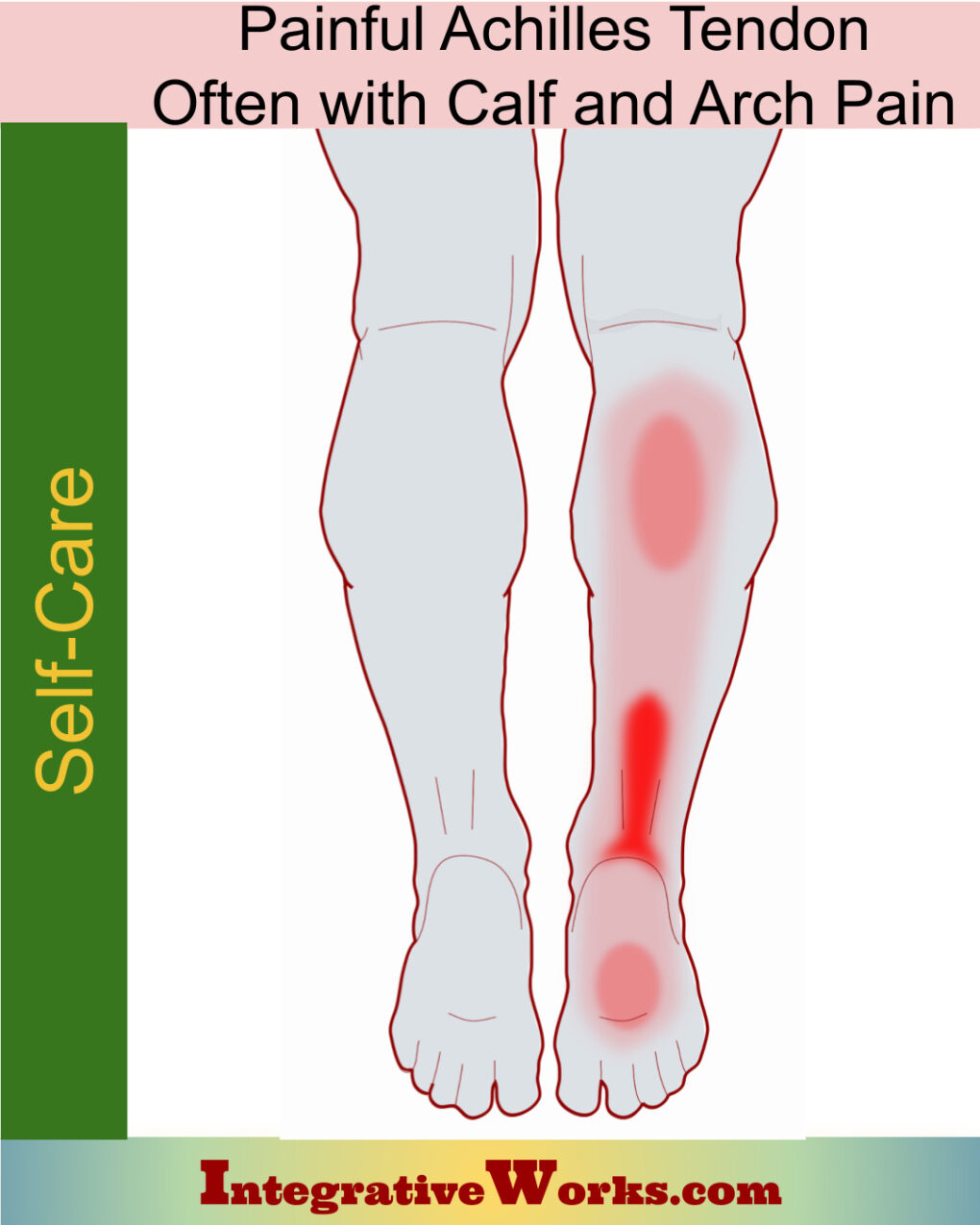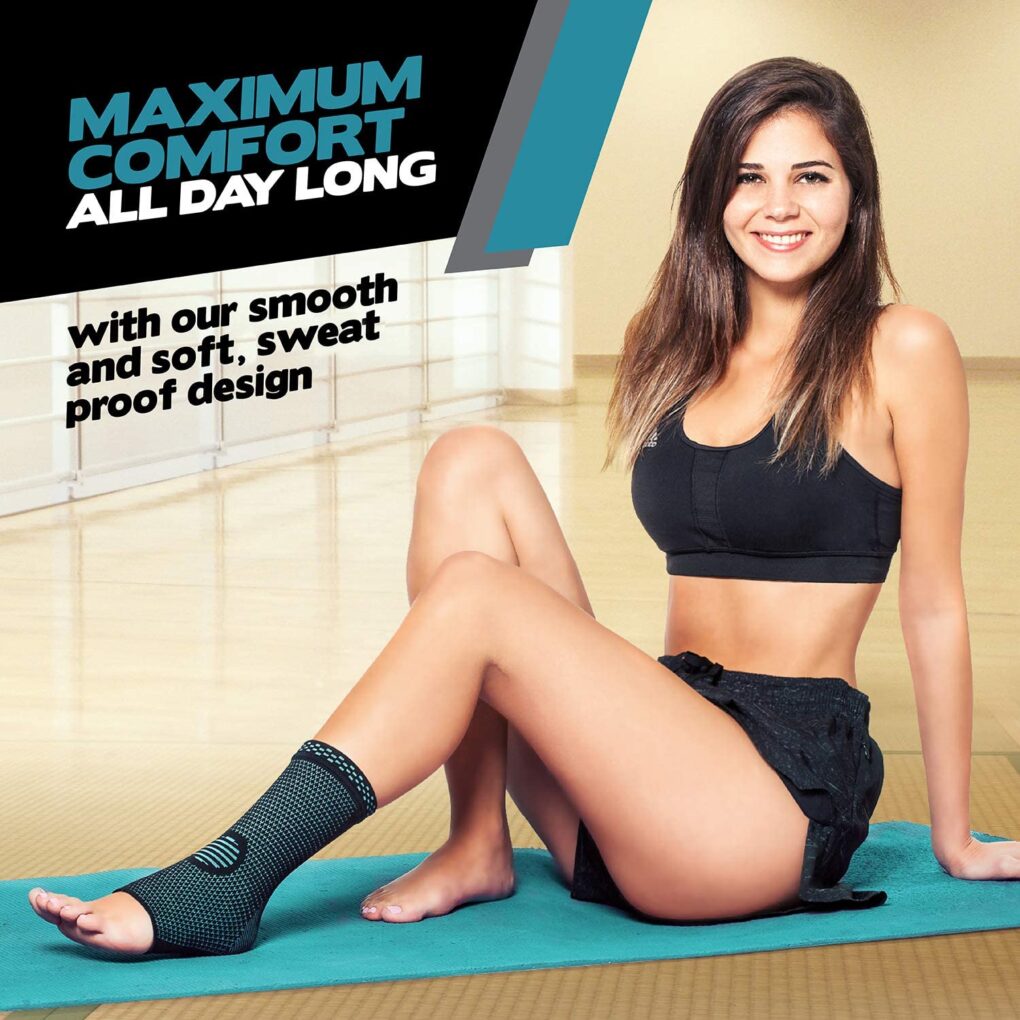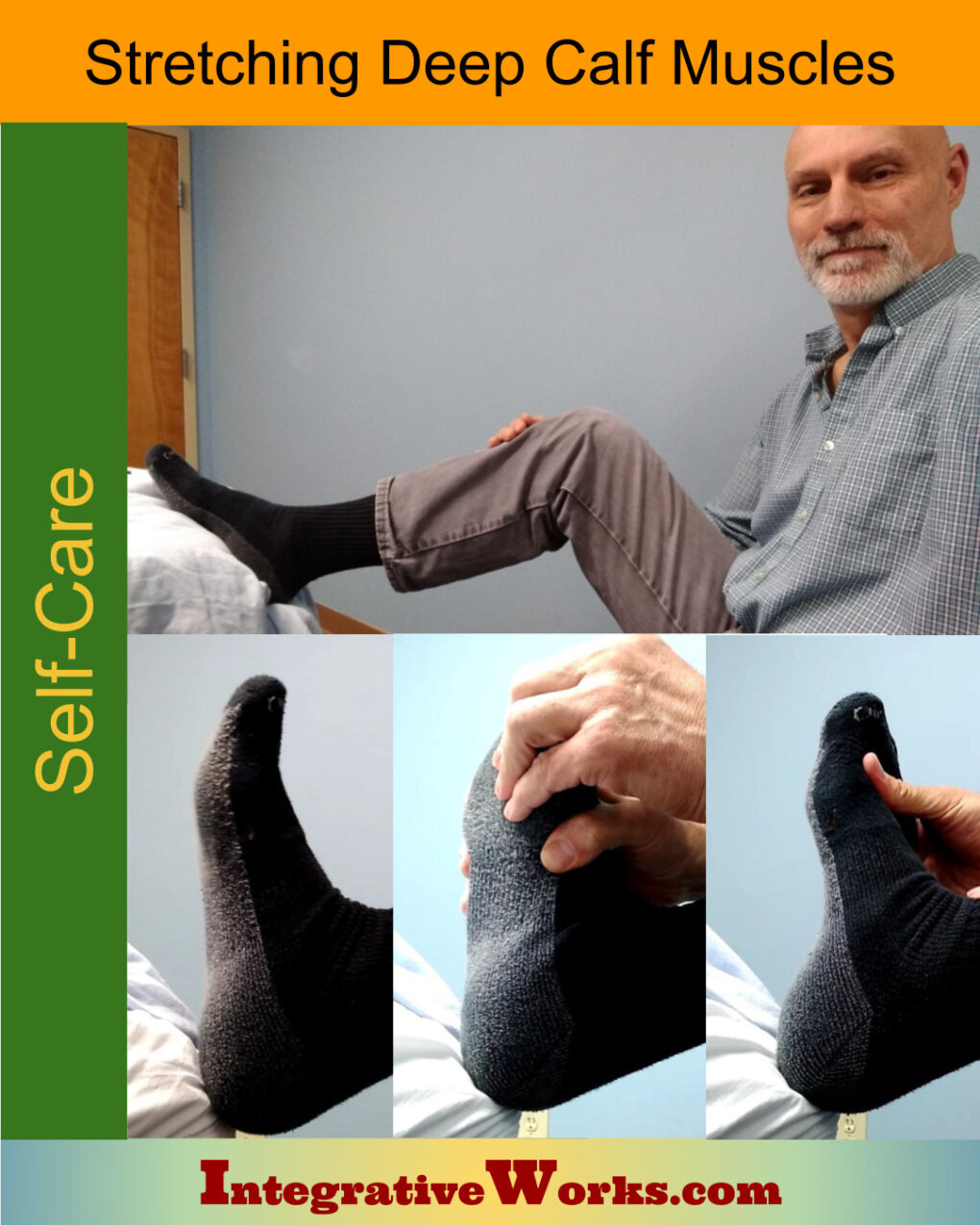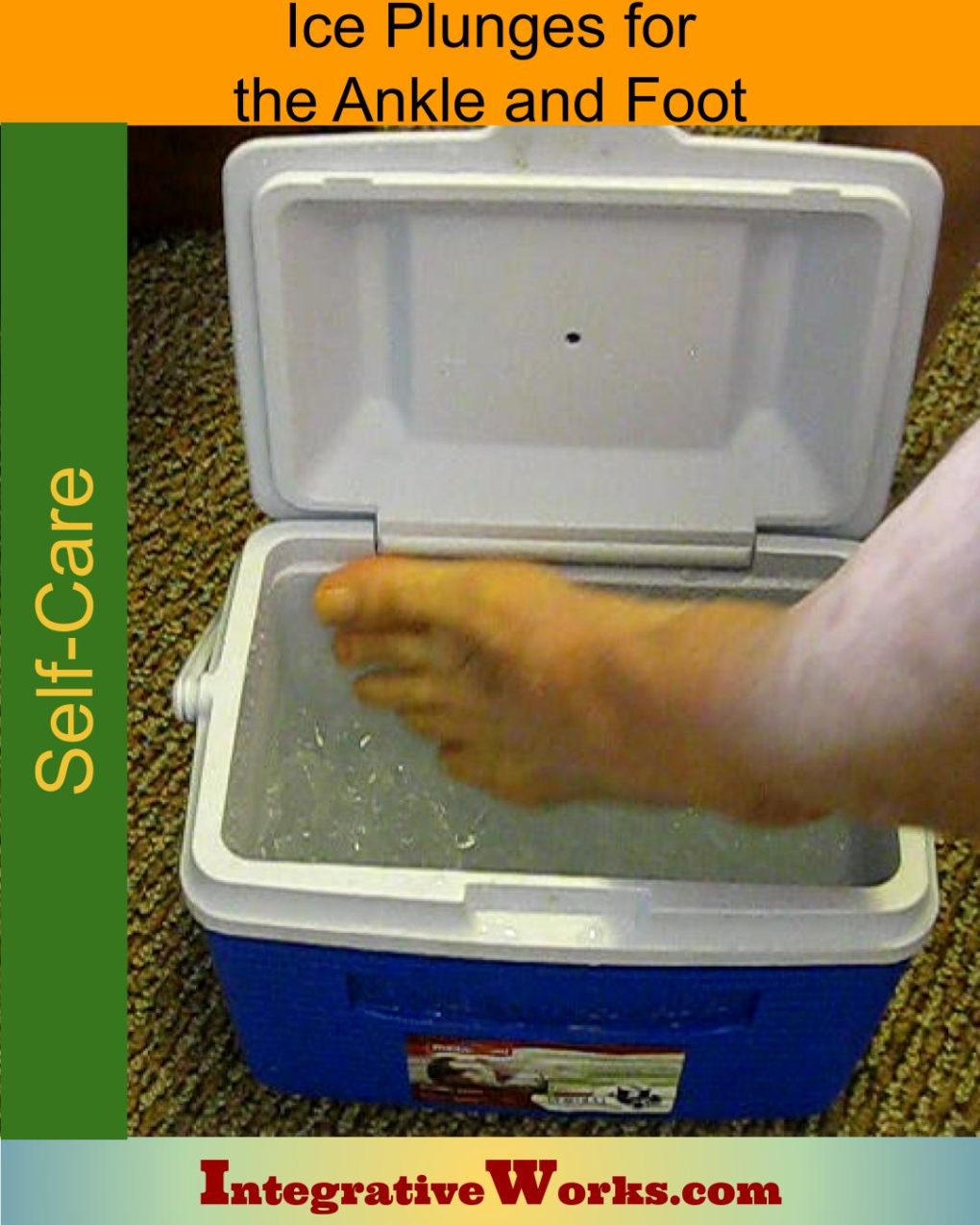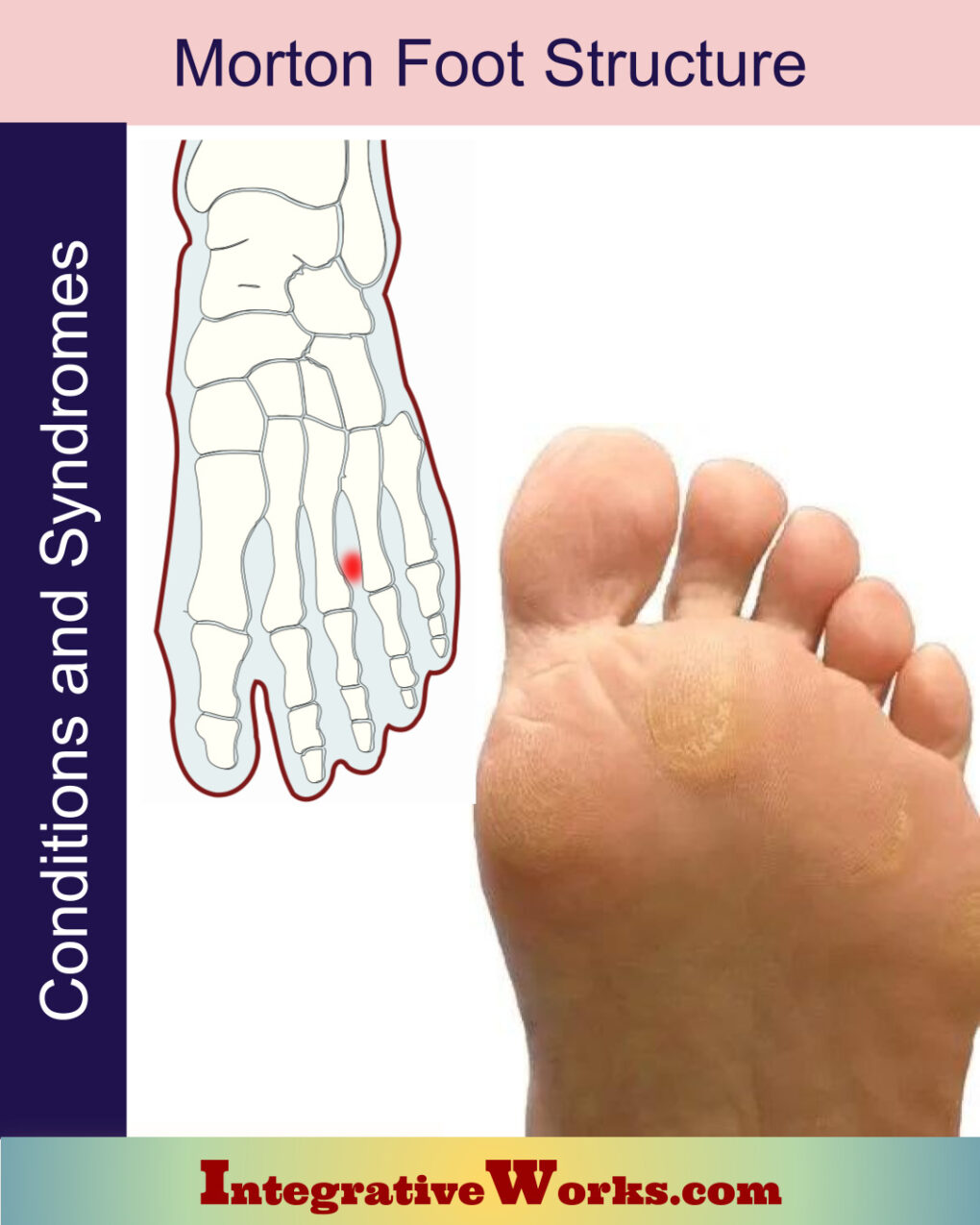Table of Contents
- Activities to Avoid or Change
- For Temporary Relief
- Stretches and Exercises for Longer-Lasting Relief
- Yoga Corner
Here, you will find strategies for relief from pain in the Achilles tendon that may come with pain in the calf and arch of the foot. For more information about how people describe this pain pattern look at this other post.
NOTE: If you don’t get good results from these self-care strategies in a short period, see a bodyworker, podiatrist, or other professional to take care of that ankle. If this goes too long, the probability of spraining your ankle increases dramatically.
Activities To Avoid or Change:
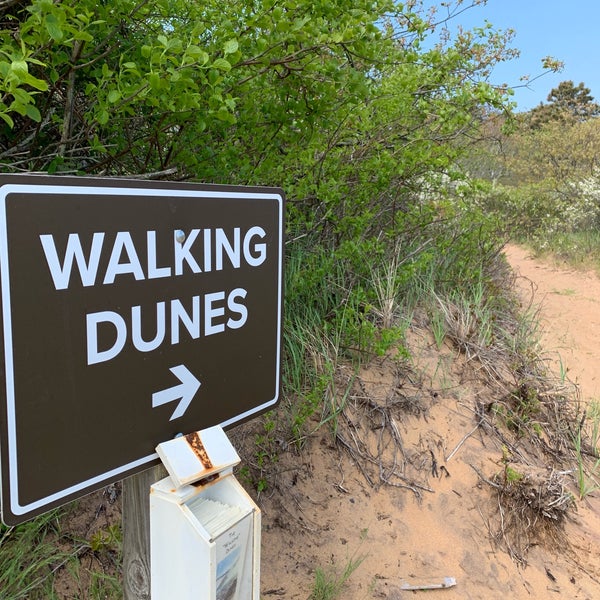
Hiking, Uneven Ground
The tibialis posterior is key in stabilizing the foot as it rocks and wobbles. Of course, this is worse over uneven or unstable ground. This side-to-side motion is something to set aside until you’ve rehabbed this muscle or adopted ankle support.
Shoes and Stability
Often, foot, ankle, and low-leg problems continue because your shoes are improperly tied. This solution is called “runner’s loop” or “heel lock.” It uses those extra eyelets in athletic footwear to stabilize your foot in the shoe.
Check out this video. I’ve used this technique for years, and it really works. The foot feels more solidly secured in the shoe with less pressure on the instep.
Alas, if your shoes are worn, replace them. Many hip, knee, ankle, and foot problems continue to be aggravated by shoes that are loose or have worn soles.
For Temporary Relief:
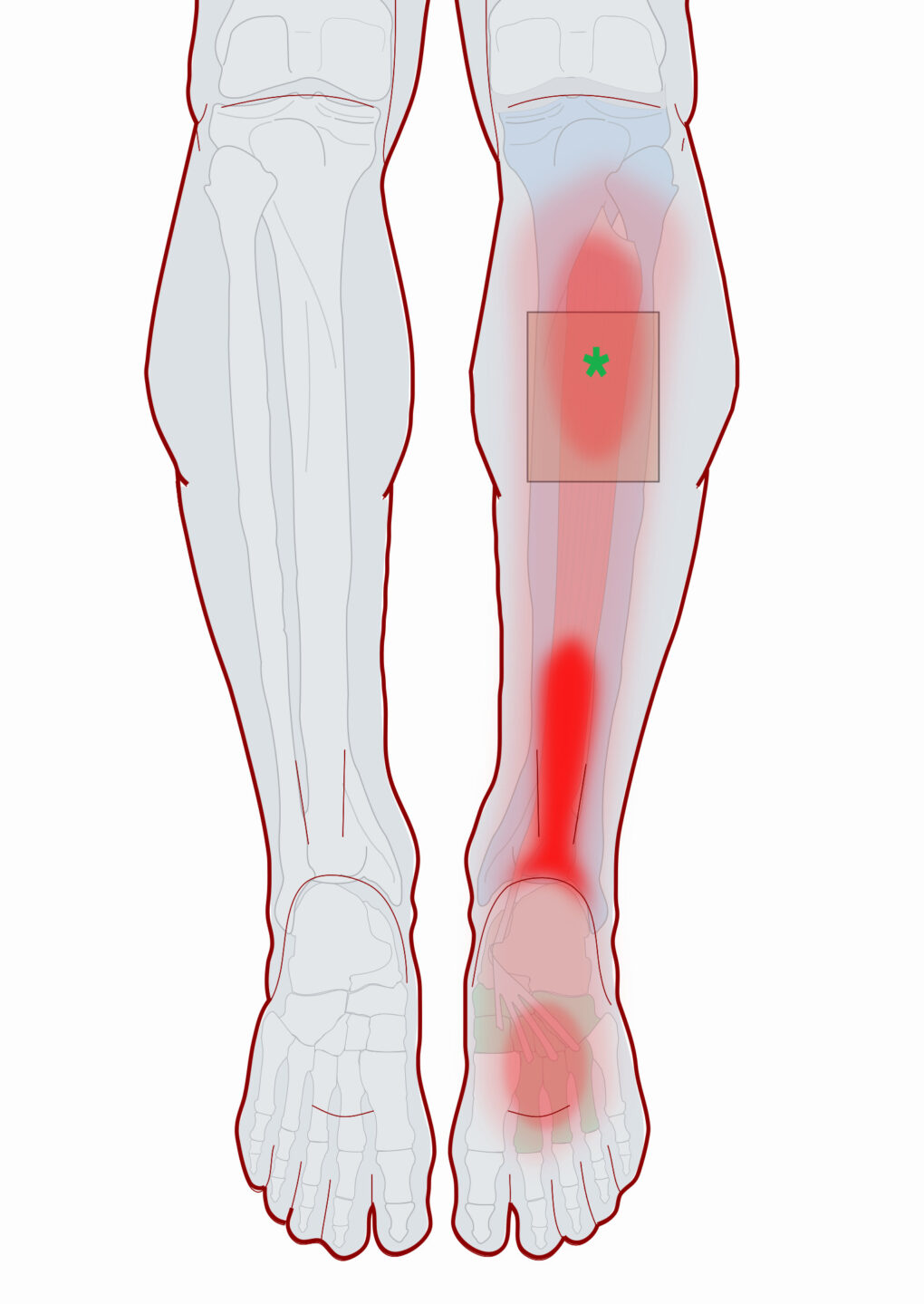
Pain Patch
The trigger point is a little higher than the pain. You’ll find the pain patch to be more effective over the trigger point.
Place an IcyHot patch over the lower half of the fullness of your calf, again, just above the pain. It’s ok if you put one over the painful area too.
This will offer relief, but don’t overdo it. Give this time to recover before hiking the Appalachian Trail or playing beach volleyball. If you’re going to do that, use the brace that I recommend below.
Support Your Ankle
Often, especially when you have over-stretched or mildly sprained the ankle, it needs support. There are several ways to support it. Most commonly, people use an elastic sleeve or ace bandage, which are available at the drug store. This support and other, more study braces are available on Amazon.
Additionally, boots, especially with adjustable laces, are a great option.
These self-care activities, like over-the-counter drugs, are not intended to replace appropriate medical attention. If you have concerns about these self-care activities, get help from a professional. Use these suggestions and strategies with discretion and at your own risk. See your doctor when your pain is severe, persistent, or not responding to these simple suggestions.
Stretches and Exercises for Longer-Lasting Relief:
Stretching Deep Calf Muscles
The tibialis posterior is deep in the posterior calf. Actually, it is the deepest of the posterior low leg muscles. This post has simple steps to easily and effectively stretch those deeper muscles.
Elderly or Overweight
It is a little tougher to get a good stretch on these muscles. Many sites have you precariously perched on a table. Others use the traditional stretch against the wall, which just isn’t as effective. This post helps you with getting a secure position and hitting those stretches at different angles to target different muscles.
Ice Plunges
Ice plunges are quicker and more effective than traditional icing. Albeit, they are more intense and less convenient. Still, they are SO much more effective. Many of my athletic clients have found that plunges get them back in action faster than ice packs, taping, and braces.
This short video is one of my first from years ago. Still, it has the right information to help you through. Also, the post also explains the process, if you don’t want to spend 9 minutes watching the video.
True Story
The guy who worked at my coffee shop had a gimpy ankle. I noticed it and recommended this video. He said that he had already had six weeks of PT. I urged him to try it. When I returned the next week, he lit up. He said that he did it twice a day for three days. It fixed his ankle. Three years later, he appeared at my door as the cable installer. His ankle was still good. He was SO happy.
Morton Foot Structure
Some feet have a bone structure that creates more instability than others. This foot rocking can perpetuate foot, leg, and hip pain. A more stable foot and gait can dramatically reduce pain in the lower extremity, especially the hip, and knee.
This condition can remain mild or lead to expensive treatments and even surgery. If you have this structure and some of its symptoms, take a look at this overview.
That post offers practical suggestions to reduce pain and increase stability on the foot. There are simple self-care suggestions, like inexpensive foot pads from Amazon. You can prevent advancing that foot problem, which can perpetuate the trigger points described here.
I’d love your feedback on how this works for you and any suggestions you might have.
Email me at integrativeworks@gmail.com.
Yoga Corner
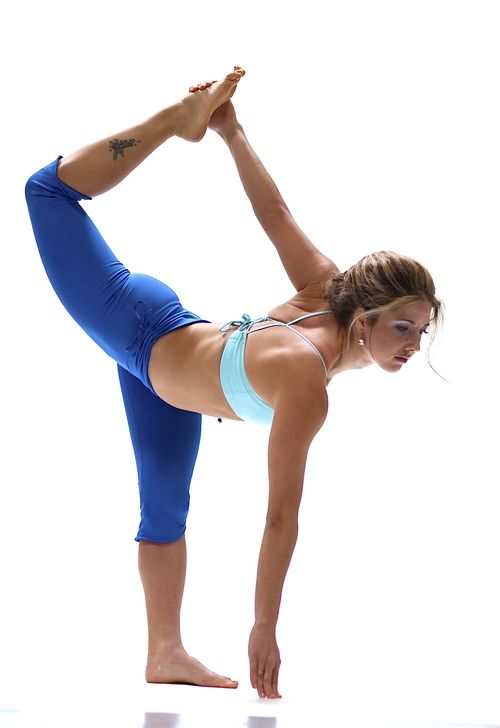
Exercise Caution with Balance Poses
The tibialis posterior is key in balancing on one foot. Poses like this one-footed bow twist can lead to greater injury. When the lateral glutes and adductors are poorly balanced, it creates more strain on the stabilizers of the foot. You can really hurt yourself. Consider using a brace until this is better.
Support Integrative Works to
stay independent
and produce great content.
You can subscribe to our community on Patreon. You will get links to free content and access to exclusive content not seen on this site. In addition, we will be posting anatomy illustrations, treatment notes, and sections from our manuals not found on this site. Thank you so much for being so supportive.
Cranio Cradle Cup
This mug has classic, colorful illustrations of the craniosacral system and vault hold #3. It makes a great gift and conversation piece.
Tony Preston has a practice in Atlanta, Georgia, where he sees clients. He has written materials and instructed classes since the mid-90s. This includes anatomy, trigger points, cranial, and neuromuscular.
Question? Comment? Typo?
integrativeworks@gmail.com
Follow us on Instagram

*This site is undergoing significant changes. We are reformatting and expanding the posts to make them easier to read. The result will also be more accessible and include more patterns with better self-care. Meanwhile, there may be formatting, content presentation, and readability inconsistencies. Until we get older posts updated, please excuse our mess.

